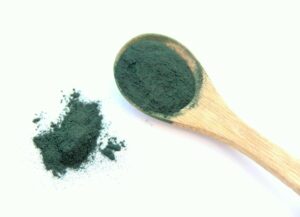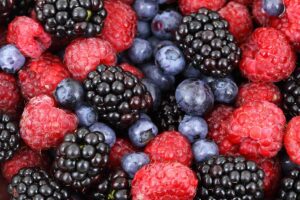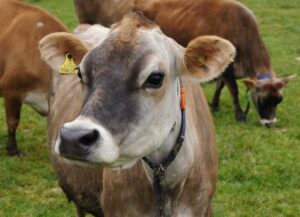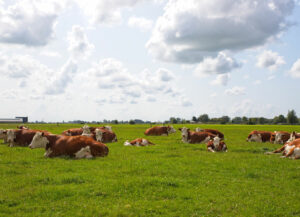Alvaro Garcia
It is estimated that by 2050 the planet will reach more than 9 billion people, 34 percent more than nowadays. At the same time, a higher standard of living attained by larger segments of the population, has increased the demand for animal products. To be able to feed this population, food production must increase by 70 percent not only from traditional sources but also by exploring new alternatives.
This will imply an increase on the total biomass fed to animals precisely at a time when climate variability and water shortages challenge its production in several parts of the world. One alternative that is currently being evaluated is the use of marine algae or seaweeds as a source of feed for both livestock and humans.
Its main advantage is the fact of being produced in a self-sustaining environment, without increasing the use of land base, and that does not require incorporation of resources (including freshwater!).
Groups of seaweeds
There are basically three groups of seaweeds: Phaeophyta (brown), Rhodophyta (red) or Chlorophyta (green). They have variable composition both between species, and within a species depending on the stages at which it is harvested as well as the growing conditions. There are very limited studies that report the nutritive value of seaweeds as a feedstuff for cattle.
Most have used them as an additive to supply bioactive compounds/micronutrients (i.e. vitamins, minerals, etc.) but not as a significant source of macronutrients (i.e. protein, carbohydrates, etc.). As such, most studies have dealt with minute inclusions mostly as an additive, and not in significant amounts to replace other ingredients in the diet.
A recent experiment (Bikker et al. 2020) however explored the possibility of using intact seaweeds as a source of macronutrients. The seaweeds were harvested from the coastland waters of Ireland, Scotland and France.
A total of 13 samples were obtained from six different seaweed species from the brown (Laminaria digitata, Saccharina latissimi, and Ascophyllum nodosum), red (Palmaria palmata and Chondrus crispus) or green (Ulva lactuca) groups. Seaweeds were dried on-site left exposed to the elements and then processed to reduce their particle size.
Nutrient content
The nutrient content (% dry matter; DM), was highly variable both between and within species, and ranged from 4.5–24.8% for protein, 35.1–69.1% for non-starch polysaccharides, and 17.3 –44.5% for ash. Brown seaweed species had the highest non-starch polysaccharides concentration. Red and green seaweeds had an amino acid content of up to 26.5% DM.
Regardless of the species, all samples had substantial non-protein-nitrogen (NPN) concentration that ranged from 1.2 – 2.9% dry matter. The brown seaweeds had very little NDF ranging from 9.1 to 16.2%. The intestinal organic matter and nitrogen digestibility, as well as the total tract organic matter digestibility (digestibility coefficients: 0.81, 0.89 and 0.88, respectively) were lower for all the seaweeds when compared to soybean meal (digestibility coefficients: 0.84, 0.98 and 0.97, respectively).
S. latissima, L digitata, P. palmata and U. lactuca had a higher maximum gas production compared to alfalfa. Judged by their protein content and amino acid-profile, P. palmata and U. lactuca could possibly be considered a valuable protein source for cattle. However, their high non-starch polysaccharides, NPN content and low in vitro digestibility may limit their inclusion in monogastric diets.
The fermentability of L. digitata, S. latissima and P. palmata suggest they may have higher nutritional value for ruminant animals. One drawback for their use in all livestock species is their high ash content, although this may be associated with the fact that they were dried on-site potentially being contaminated with sand. Washing the seaweeds before processing may overcome this problem although it would add complexity to their use.
Seaweeds could be used in ruminant nutrition
Because of their high variability one of the constraints would also be the need to conduct a nutrient analysis before their inclusion in balanced rations. Nevertheless, their protein content and amino acid profile, particularly of the red and green groups (e.g. P. palmata and U. lactuca) suggest they could be a valuable complementary protein source for livestock, particularly ruminants.
Extracting this protein could be a procedure that merits future research since it will also take care of its excessive ash concentration.
Reference
P. Bikker, L. Stokvis, M.M. van Krimpen, P.G. van Wikselaar, J.W. Cone. Evaluation of seaweeds from marine waters in Northwestern Europe for application in animal nutrition Animal Feed Science and Technology 263 (2020) 114460.
© 2020 Dairy Knowledge Center. All Rights Reserved.









